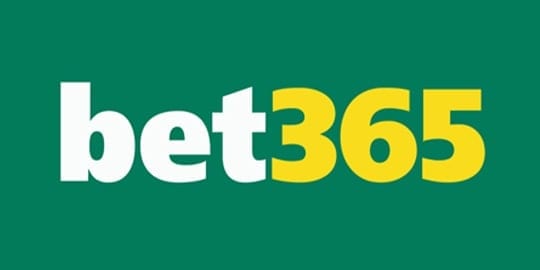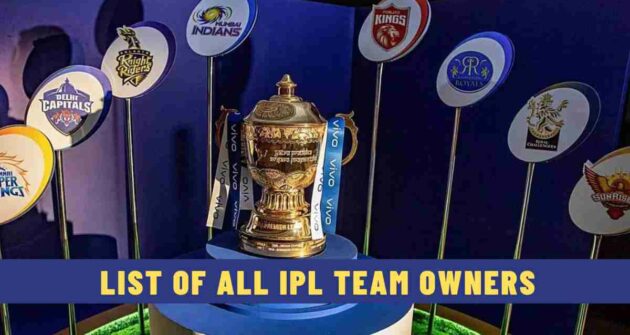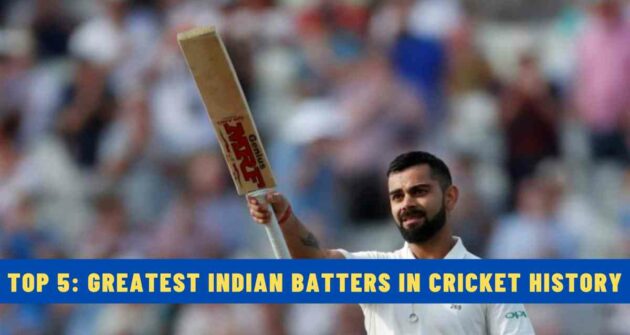A no ball is an extra run that is awarded to a batting team’s total, but it isn’t added to a batter’s score. Wides, leg byes, byes, no balls, and penalty runs are the five types of extras, but only no balls have multiple forms.
A no ball delivery isn’t legal in a bowler’s over, and an extra run is awarded to the batting side. A free hit is awarded when a bowler bowls a no ball during an ODI or T20 game.
Previously, only front no balls were awarded as free hits, but from 2015 onwards, all types of no balls are awarded free hits, which means the batter can’t get out on this delivery unless he is run out, stumped, obstructs the field, or hits the ball twice.
We take a look at the different types of no balls in detail.
Types of No Balls
1) Front foot & back foot no ball: When the bowler oversteps his front leg out of the popping crease, it is called a front foot no ball as the popping crease is four feet parallel to the stumps. When the back foot of the bowler cuts the return crease during the time of delivery, it is called a back foot no ball.
The return crease means two lines that are on both sides of the wicket that indicate the area from where a bowler must deliver the ball. A bowler’s back foot should not touch the return crease and must be just in that area.
2) Waist height no ball: The MCC’s clause 41 states that if a bowler bowls a full toss above the batter’s waist height, then it is declared a no ball. And if a bowler bowls two waist-high balls in a match, then the umpire can debar that bowler from bowling in that game.
3) No ball for bowling a bouncer: If a bowler bowls a bouncer that is above the head of the batter, then the umpire can call it a no ball. Under laws 41.6 & 41.7, the umpire can call the bouncer a no ball if they feel the bowler is using it unfairly or dangerously.
Also Read | How Many Bouncers are Allowed Per Over in Cricket?
4) No ball if the ball bounces two or more times: If the ball bounces two or more times before reaching the batter, then it will be called a no ball.
5) If the ball has pitched outside the playing area: If the ball has pitched outside the strip or the playing area before reaching the batter, then it will be called a no ball.
6) If the bowler breaks wickets while delivering the ball: If the bowler breaks the wickets during the time of delivering the ball, and even if any of his clothing material breaks the wickets, then it will be called a no ball. Earlier, it was called a dead ball, but from 2013 onwards, it was decided to call it a no ball after former England pacer Steve Finn broke the wickets repeatedly in a match against South Africa in 2012.
7) No ball for chucking (throwing): If the on-field umpire feels the bowler is extending his arm/elbow beyond the permissible limit of 15 degrees, then it will be called a no ball.
8) For bowling underarm: If a bowler bowls an underarm ball, then it is called a no ball as per Law 21.1.2. Australia’s Trevor Chappell bowled an underarm ball in 1981 against New Zealand to not allow them to score 6 off the last ball.
9) Not finishing the bowling action: If the bowler throws the ball before finishing his bowling stride, then a no ball will be called.
10) Not informing about bowling: A bowler must inform the umpire if he wants to bowl pace or spin, right-handed or left-handed, over the wicket or round the wicket before bowling, otherwise, it will be called a no ball under Law 21.1.1.
11) Fielder comes into contact with the ball: If the ball touches any fielder before the batter hits the ball or before the ball goes over the stumps, then it is a no ball.
12) Two fielders behind square leg: If there are more than two fielders deployed behind the square leg on the leg side by the fielding team, then it will be a no ball.
13) If the wicketkeeper collects the ball early: When the wicketkeeper collects the ball in front of the stumps before the batter has hit the ball, before he attempts to hit, or before it gets past the batter or stumps, then it will be called a no ball.
Read Next | Wicket-Keeper Rules in Cricket











